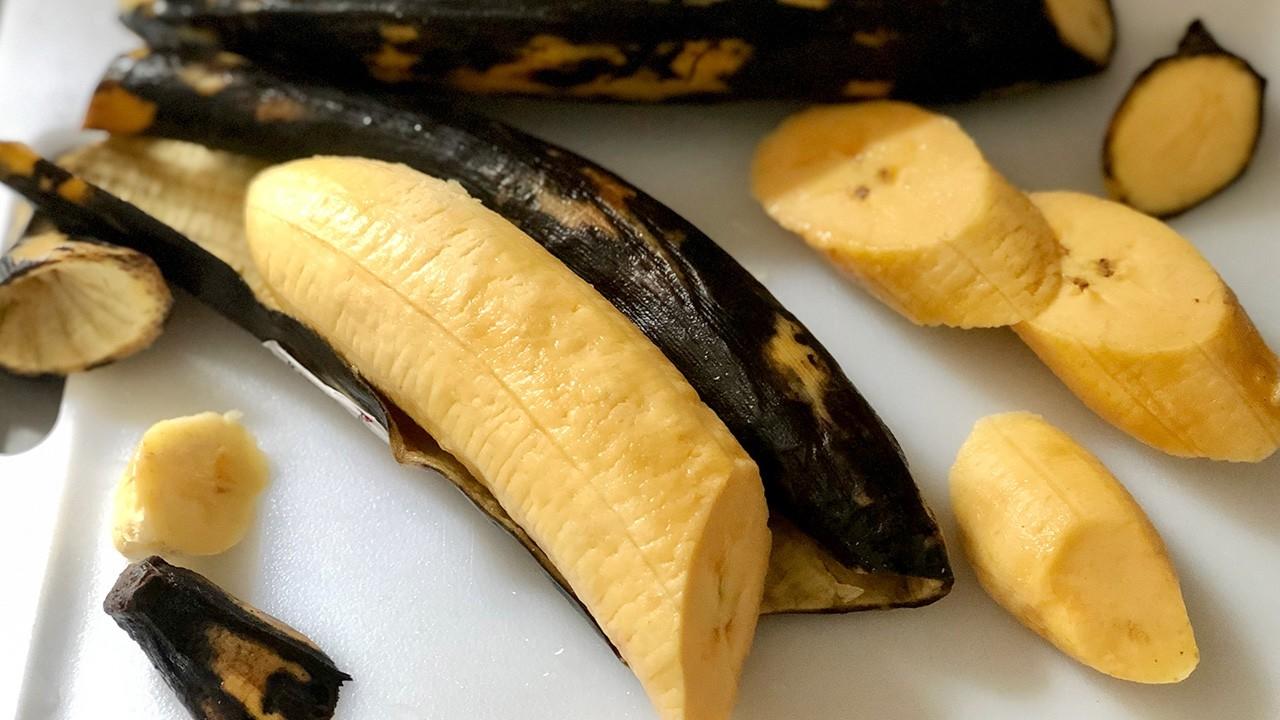
Eating For Heat: Musings On Summer Days, West Indian Roots And Plantains
Jun 26, 2019Photograph by Chef Christine Moss
A chef reflects on going with the flow of summer heat — in life and on our plates
_______
Seasons make us feel differently and want to eat differently. Summer, with its day-into-night heat and humidity, has finally arrived — which for me always bubbles up memories and points me back towards the West Indian side of my family for inspiration on how to eat during the heat. Though surrounded by these mountains I now call home, I don’t have the cool ocean breezes — of course, that’s nothing a day trip to the shore can’t fix.
While seafood is an integral part of our cuisine (West Indies is a chain of several hundred islands after all), the staples of a Bahamian diet can easily be found here in the Northeast. Fruits such as pineapples, mangos, grapefruits, plantains, papayas and vegetables such as cassava (a starchy root sometimes called yuca in other countries), sweet potatoes, cabbage, legumes and beans — are readily available in many grocery stores and local farmer’s markets.
Plantains look like large bananas and can be found in shades ranging from green and yellow to blackish yellow. Green plantains are popular in many Island, Central and South American cuisines — and for good reason.
Peel off the tough skin with a sharp knife, slice it on the bias into half inch thick pieces and fry for a few minutes on each side in a light flavored oil. Remove from the pan and gently smash or pound them flat and return to the pan to fry in batches until tender and crispy. Remove from the pan and sprinkle with sea salt and serve immediately.
These are known as Tostones or in Colombia, Patacones (pah-tah-co-nays). My family eats them faster than I am able to cook them.
Green plantains can also be cut into small chunks and added to a pot of vegetable soup along with some fresh summer corn, potatoes and cassava. Squeeze some fresh lime on top of each bowl when serving. It is a very filling soup and yet it's light at the same time. You feel satisfied and sustained, but not heavy. Perfect for the energy needed for summer activities like swimming in the ocean.
For a truly Bahamian treat try the yellow plantains. When purchasing, pick out ones with some black spots on them. Tip: The more black they have, the sweeter they are. Use a sharp knife to slice down the length of the peel and unwrap the entire plantain. Cut it into one inch thick slices on the bias and fry them in a combination of 1 TBSP vegan butter and 1 TBSP lightly flavored oil.

Cook them on a low flame slowly until they begin to release a sweet fragrance and become a little translucent on the bottom. Turn them over to continue cooking all the way through and let them caramelize, turning a little crispy on the edges. They are done when you can easily pierce a fork all the way through. Serve hot, or at room temperature. I like to eat them for breakfast with fresh orange juice or as a side served with Peas n’ Rice (pigeon peas in a tomato-based rice dish) with some sautéed kale. Yum!
Another staple in the Bahamas is the sweet potato. In this month’s recipe section, I share with you a new take on a summer classic, Sweet Potato and Black Bean Salad with Lime dressing. It is pretty enough to bring to a summer potluck or enjoy it all to yourself, I won’t tell.
—Chef Christine Moss, The Garden Cafe Woodstock

